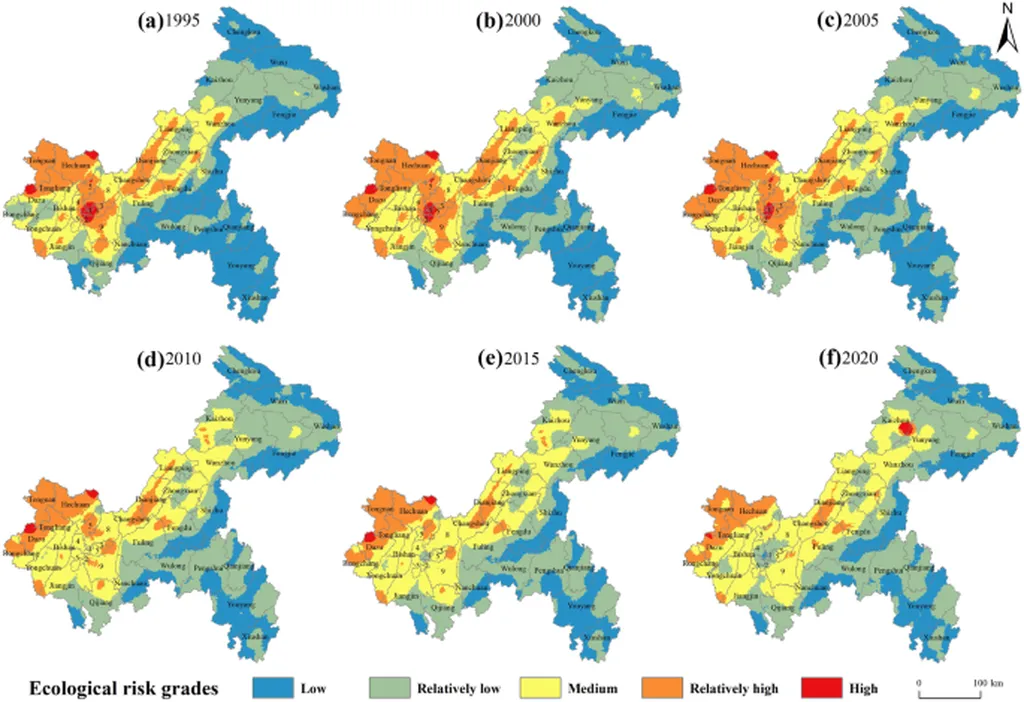In the heart of China’s Chongqing City, a groundbreaking study is reshaping how we understand and combat agricultural non-point source pollution (AGNPSP). Led by Yanrong Lu from the State Key Laboratory of Remote Sensing and Digital Earth at Beijing Normal University, this research is not just an academic exercise; it’s a beacon for targeted environmental management in hilly and mountainous regions, with significant implications for the energy sector and beyond.
AGNPSP, a major contributor to global water pollution, has long been a thorn in the side of environmentalists and policymakers. Unlike point source pollution, which originates from a single, identifiable source, AGNPSP is diffuse, making it challenging to track and manage. However, Lu’s study, published in the journal *Remote Sensing* (translated to “遥感” in Chinese), is changing the game.
By applying the landscape ecology “source–sink” theory, Lu and her team selected seven natural factors influencing AGNPSP and constructed a minimum cumulative resistance model using remote sensing post-processing data. This innovative approach allowed them to classify “source” and “sink” landscapes and conduct a comprehensive risk assessment of AGNPSP in Yongchuan District, a representative hilly–mountainous area in the Yangtze River Basin.
The findings are stark. “Vegetation coverage is the most significant natural factor affecting AGNPSP,” Lu explains. The study revealed that extremely high- and high-risk zones cover 90% of Yongchuan, primarily concentrated in the central and southern regions. This indicates severe AGNPSP pressure that demands urgent management.
But the implications don’t stop at environmental management. The energy sector, particularly hydropower, which relies heavily on water quality, stands to benefit significantly from this research. By identifying key areas for AGNPSP control, the study provides a robust scientific basis for targeted intervention, ensuring cleaner water and more sustainable energy production.
Moreover, the study found a direct correlation between AGNPSP risk levels and pollutant concentrations in the sections. “The levels of ammonia nitrogen and total phosphorus in the typical sections are related to the risk levels of the corresponding sections,” Lu notes. This correlation underscores the importance of targeted management strategies in mitigating AGNPSP.
As we look to the future, this research could shape the development of more sophisticated models and technologies for identifying and managing AGNPSP. It offers valuable insights for pollution management in Yongchuan and similar regions, paving the way for more sustainable agricultural practices and cleaner energy production.
In a world grappling with the impacts of climate change and environmental degradation, Lu’s study is a ray of hope. It’s a testament to the power of innovative research in driving meaningful change and a call to action for targeted, science-based environmental management.

